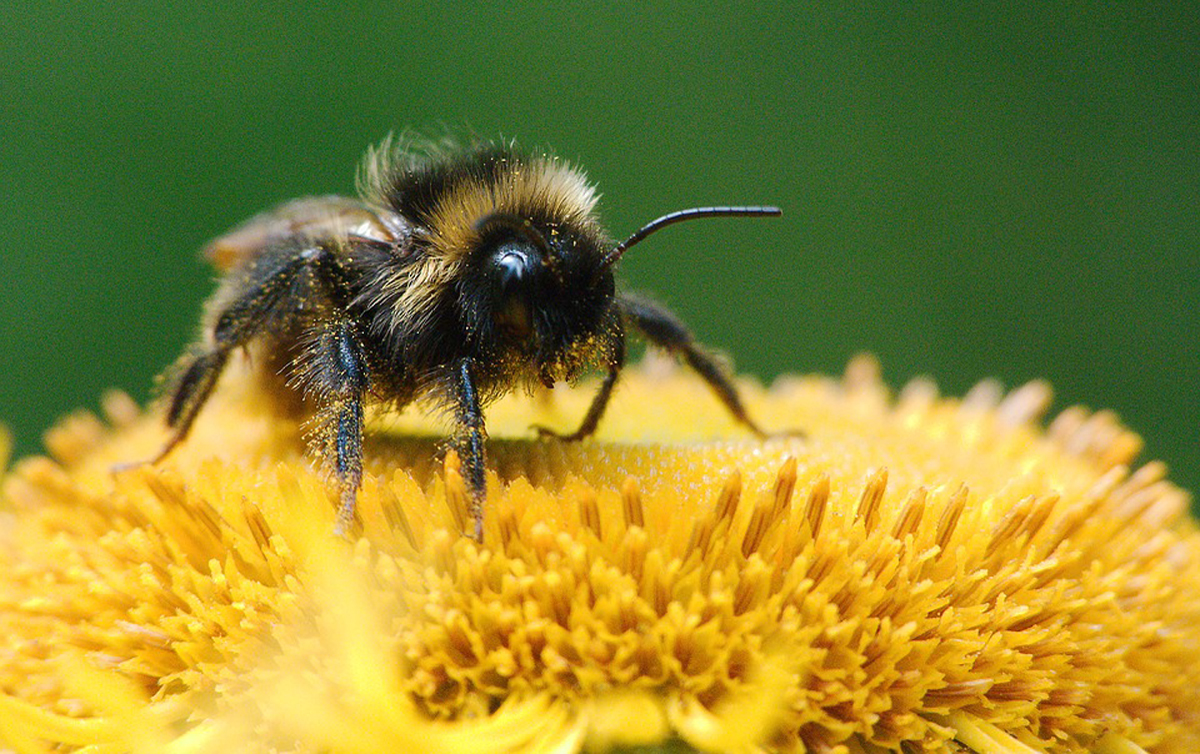 How to treat a bee sting
How to treat a bee sting
By Carrie Kovarik
It can happen quickly. One minute, the kids are all playing peacefully outside on a warm spring day. The next minute, a piercing scream reveals that one of them has been stung by a bee. To help alleviate the panic, it’s a good idea to know how to treat a bee sting.
The first thing to do is to get the stinger out quickly. The longer the stinger stays in the skin, the more venom it releases, adding to the person’s pain and swelling.
I recommend the following tips on how to treat a bee sting:
—Stay calm. Although most bees usually only sting once, wasps and hornets can sting again. If you are stung, calmly walk away from the area to avoid additional attacks.
—Remove the stinger. If the stinger remains in your skin, remove it by scraping over it with your fingernail or a piece of gauze. Never use tweezers to remove a stinger as squeezing it can cause more venom to release into your skin.
—Wash the sting with soap and water.
—Apply a cold pack to reduce swelling. However, if the swelling moves to other parts of your body, such as your face or neck, go to the emergency room immediately as you might be having an allergic reaction. Other signs of an allergic reaction include difficulty breathing, nausea, hives, and dizziness. People with a known allergy to bee stings should talk to their doctor about having an epinephrine injector available.
—Consider taking over-the-counter pain medication. Bee, wasp, and hornet stings are painful. Painkillers like acetaminophen or ibuprofen can help relieve the pain. If the sting is itchy, consider taking an over-the-counter antihistamine. Always follow the directions on the label and use the correct dose.
Although most people do not experience severe reactions to bee stings, it’s a good idea to keep an eye on anyone who has been stung in case they develop more serious symptoms. If you notice any signs of an allergic reaction, or if you or someone you know has been stung multiple times — particularly if he or she is a child — seek medical attention immediately.
Carrie Kovarik, MD, FAAD, is an associate professor of dermatology, dermatopathology, and infectious diseases at the University of Pennsylvania in Philadelphia.



